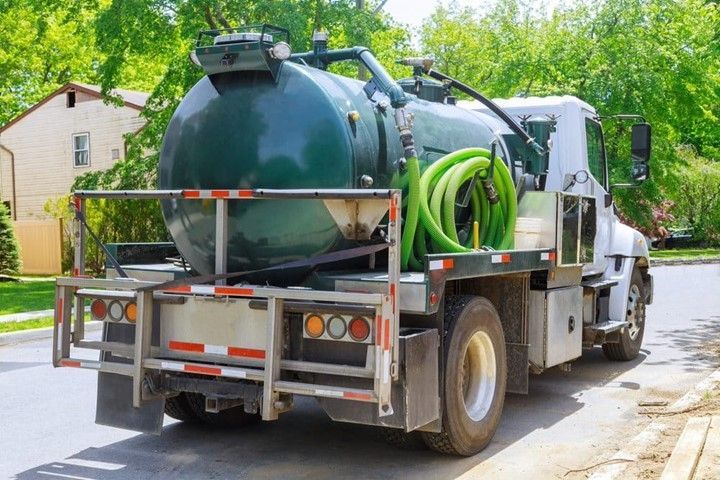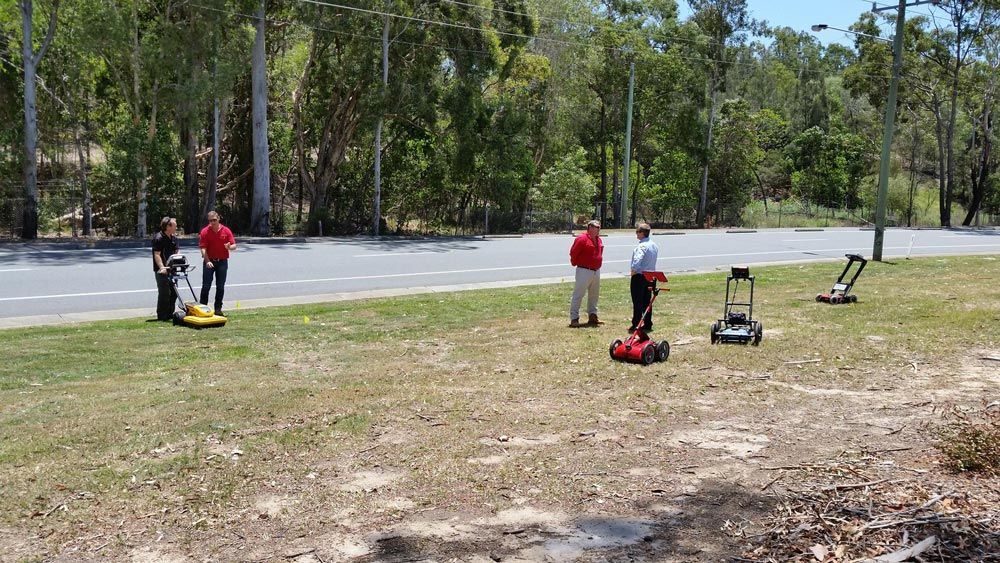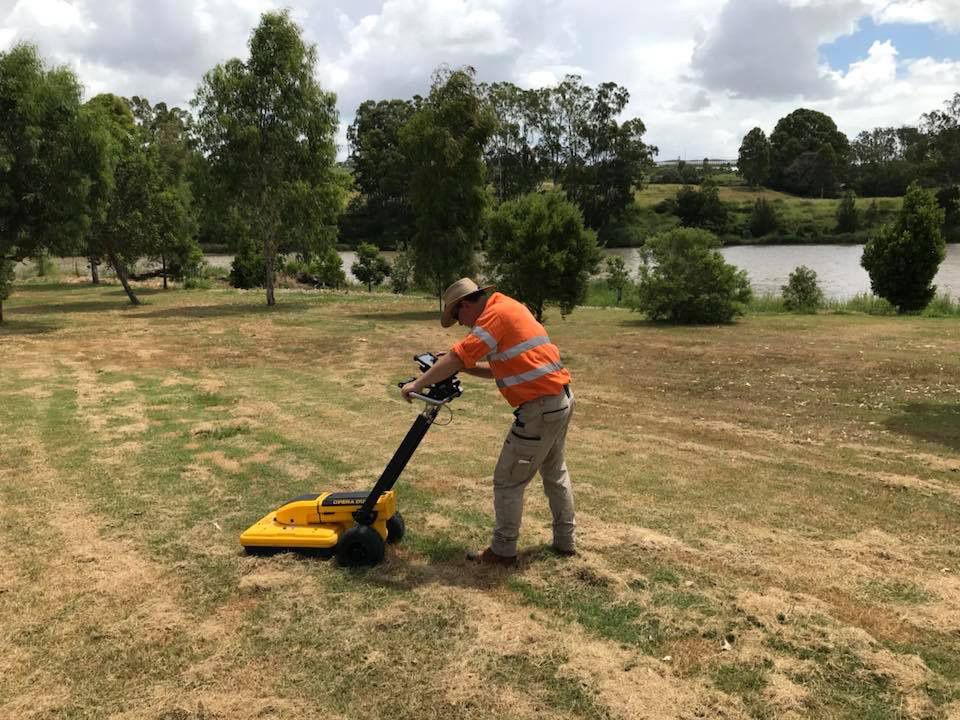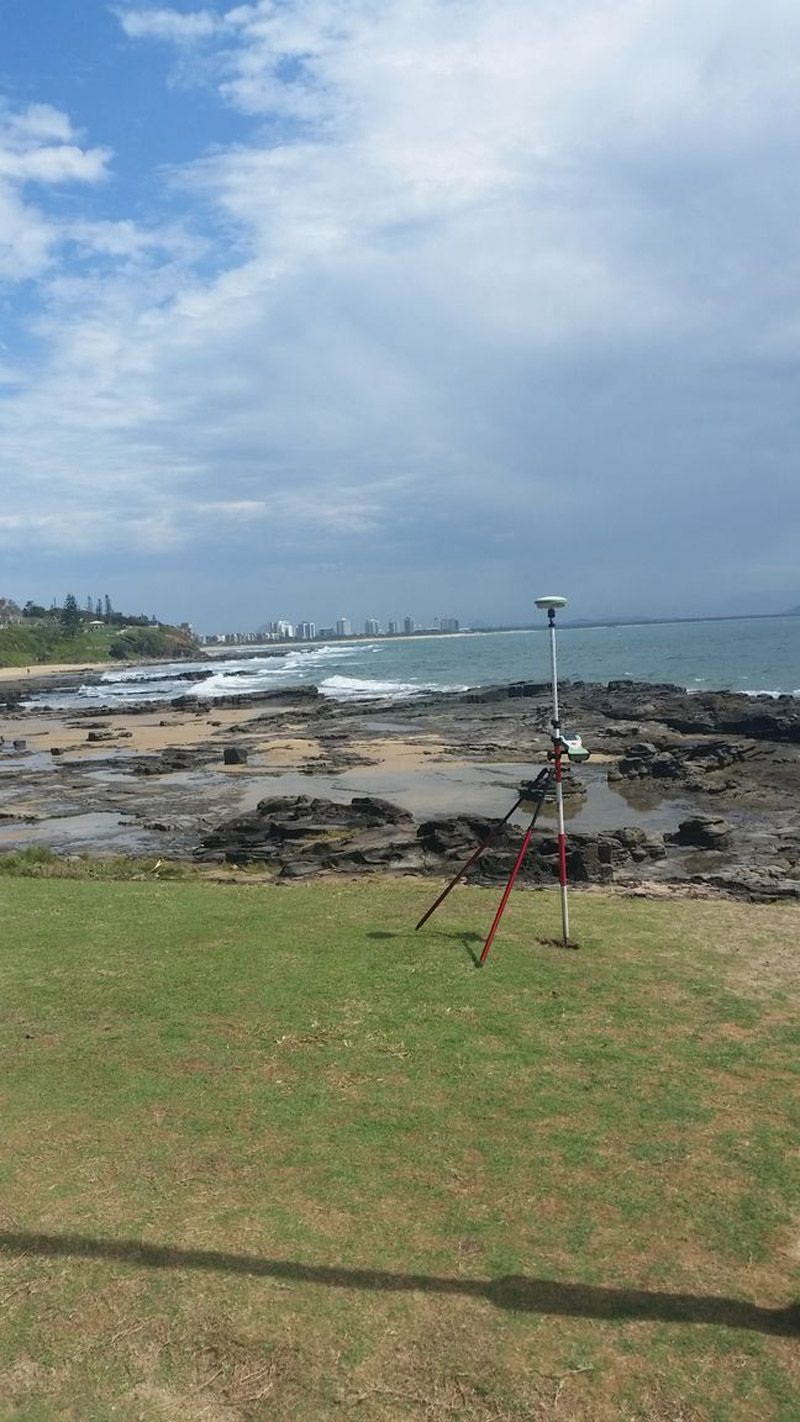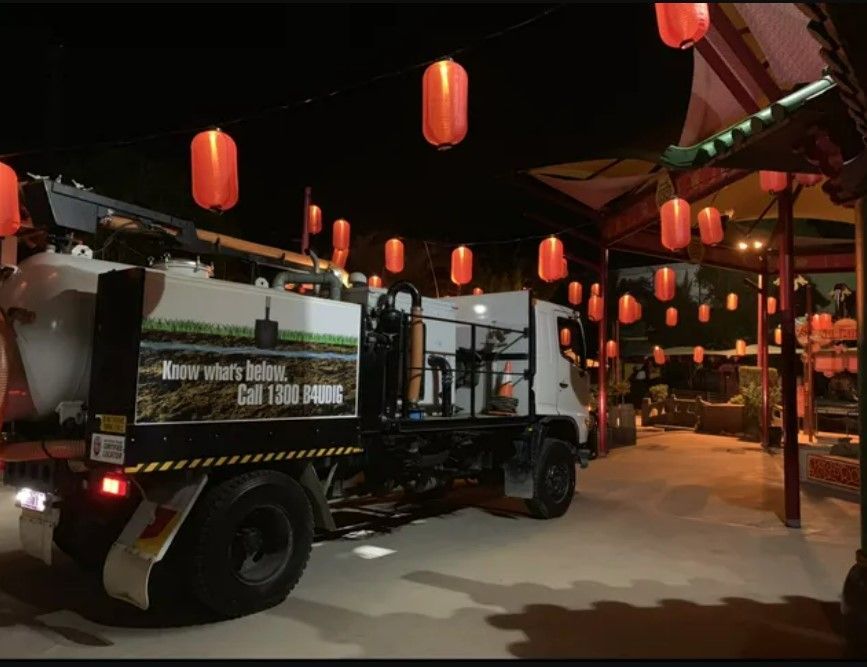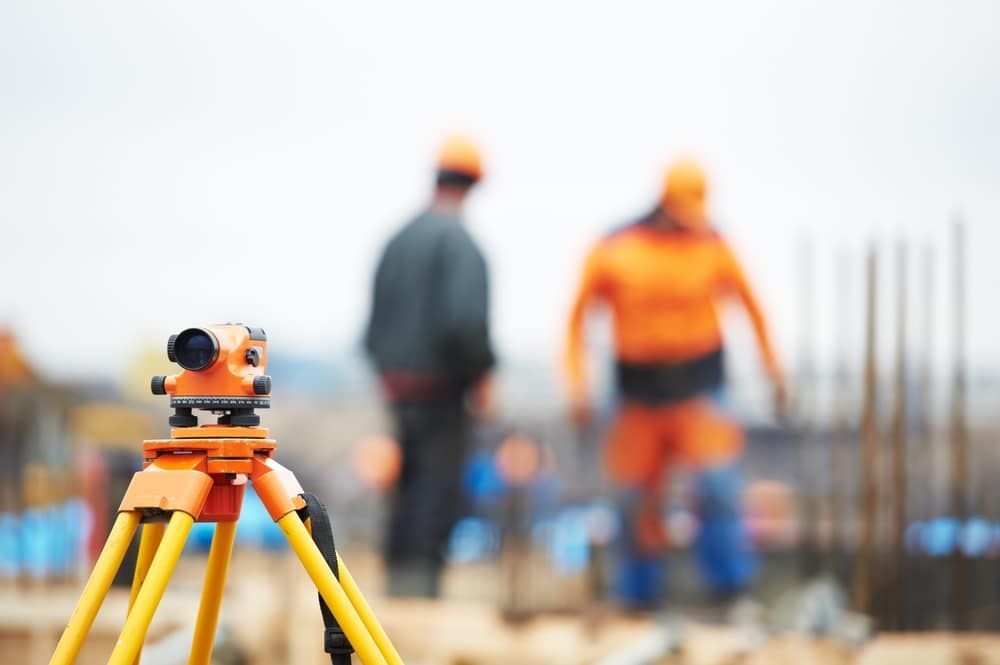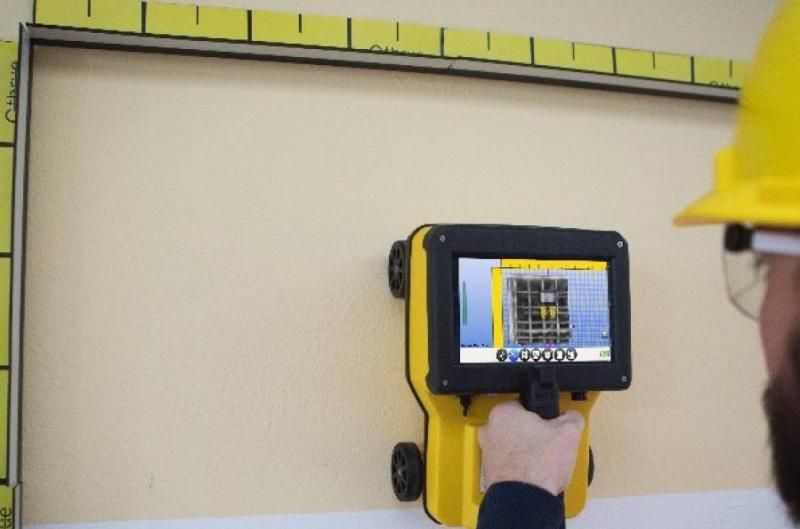Vacuum Excavation Best Practice: Our Guide
Major construction projects sometimes require access to, modification or an upgrade of existing underground utilities. While this was previously only possible by digging by hand or with a digger, vacuum excavation has emerged as a safer, efficient and more reliable way of getting below surface level. Using high-pressure water, it breaks up the soil without damaging any utilities and then draws the soil into a vacuum for disposal after the job is complete.
Failing to expose utilities correctly can put your workers at risk and even incur fines and costs of repairs if the utilities are damaged. We’ve prepared this helpful guide indicating how you can ensure the best practice on your next vacuum excavation job.
Wear proper protective equipment
The particular PPE requirements can vary depending on the system you’re using, and the environment you’re working in. Vacuum excavator operators need to ensure they’re wearing appropriate footwear, especially if working near electric lines. Eye protection, gloves, a hard hat, ear plugs and reflective clothing can all work to keep you safe. It’s also crucial you don’t wear loose clothing when working near a suction hose.
Be aware of your surroundings
Before you begin excavating, conduct a proper inspection of the site to make sure all utilities and aboveground obstacles have been identified and accounted for. If work is being conducted in a busy area, using appropriate safety signage is essential and all holes should be covered or blocked off when work has paused.
Use a rotating nozzle
As vacuum excavators pump water at high pressure, you are contending with a powerful force. Water that is not pumped correctly can end up damaging the conduit or polyurethane of underground utilities. It’s crucial you use a rotating or oscillating nozzle when excavating, as it does not employ a direct spray and so won’t damage existing structures. At the same time, it effectively emits a continuous stream of circulating water, so you’ll be assured it will clear more soil and even use much less water than a fan nozzle – combining safety and productivity in one practical unit.
Don’t exceed a pressure of 3,000 psi
It’s recommended that soft excavation be conducted at a pressure between 2,500 and 3,000 psi. While many excavators and nozzles market themselves with higher psi capabilities, the reality is that too much pressure can cause damage. It’s also important to reduce your pressure if you’re using heated water to avoid any complications or consequences.
Keep a safe distance
When using a vacuum excavator, it’s recommended you stay at least eight inches from the utility. Holding the nozzle too close to a utility when excavating will likely incur damage.
Don’t stop moving
You might think that a rotating nozzle keeps the water moving and not making constant or direct contact with the utility, but it’s also important you move the nozzle by hand. When you physically move the nozzle, you’ll ensure pressure won’t be applied to a single point and will therefore reduce the risk of damage.
Don’t dig with the nozzle
You might be tempted to push the nozzle into the dirt as a way to speed up the process or expose utilities trapped in harder soil or heavy clay, but this can actually create a blockage and impede your productivity. If you’re struggling, consider using a hot water heater package with your excavator. Most excavators support this function, and the hot water can help effectively break down clay or hard soil without the need for extra pressure.
Travel safely
When travelling between jobs or to dump sites, it’s important you stay safe. Make sure you’re aware of any local or state restrictions before you begin operations. Before you travel, make sure everything has been cleaned and is secured on your truck or your trailer, as loose tools, rocks or debris can cause damage or injury when travelling at high speeds. It’s also crucial you check your trailer lights are operational and your trailer is secured properly, and remain on the lookout for obstacles when backing up.
Perform regular maintenance
Performing regular maintenance and daily inspections will make sure any issues with your excavator will be identified and corrected before they become dangerous hazards. Checking the condition of your tyres, lights, hoses, fittings and belts, and looking for any leaks, will make sure your vacuum excavator stays operational for as long as possible.
Need quality vacuum excavation? Choose Lambert Locations
If you’re facing a risky project and need precise and reliable excavation, give the professional, friendly team at Lambert Locations a call. We’ve established a great reputation as Australia’s leading specialist in the location and damage prevention of underground services. With our advanced equipment and expert qualifications, we’ll perform our work efficiently and analyse all data accurately and promptly. Contact us today on 07 5562 8400.
